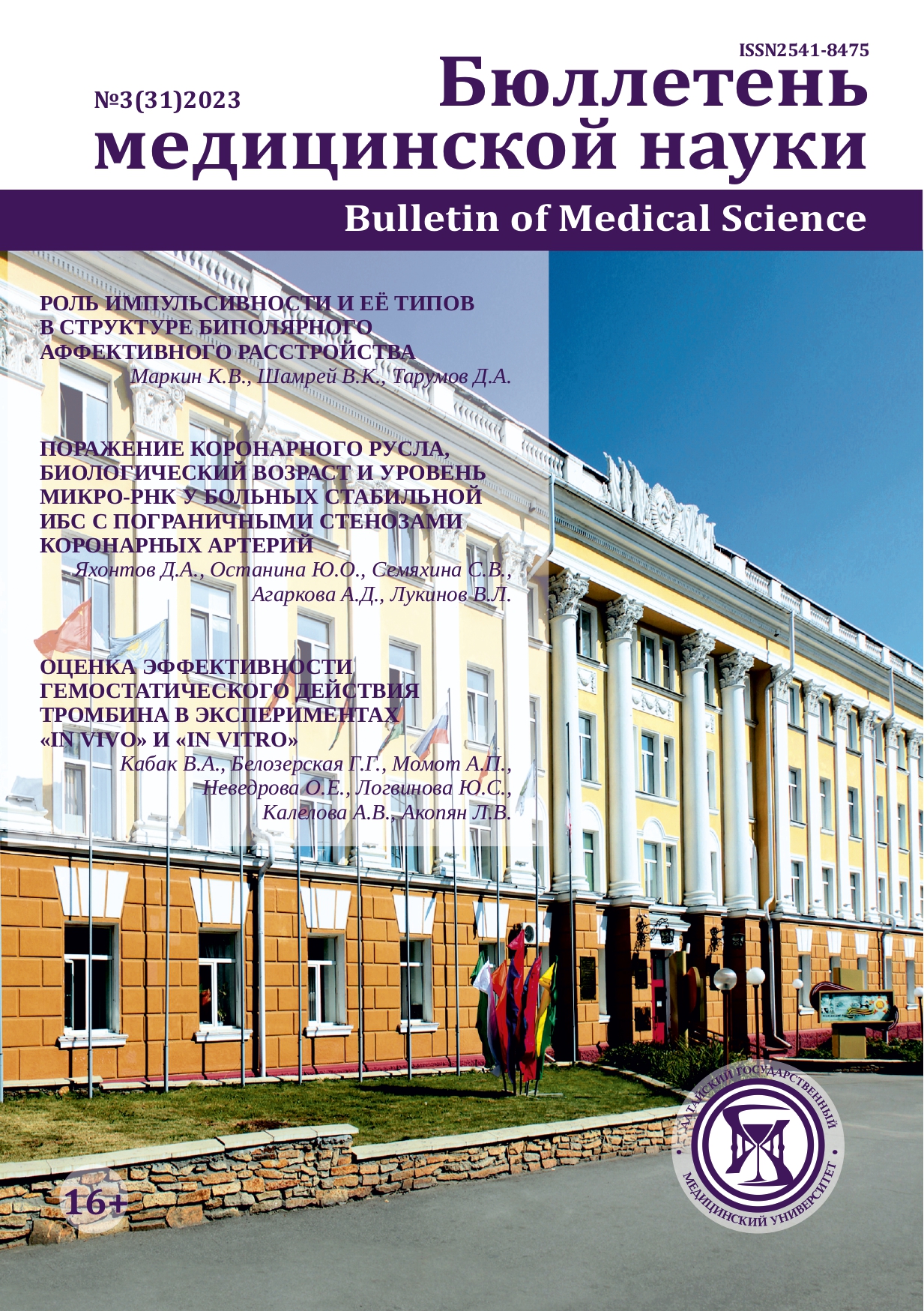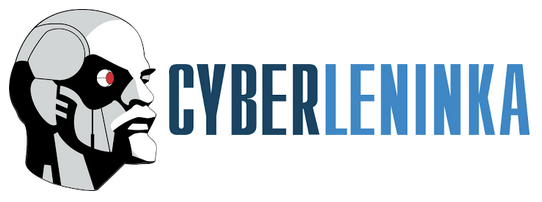MORPHOLOGICAL CHARACTERISTICS OF SCAR TISSUE AFTER CESAREAN SECTION WITH UNFAVORABLE OUTCOMES
UDC 618.5-089.888.61-091
DOI:
https://doi.org/10.31684/25418475-2023-3-94Keywords:
uterine scar, pregnancy, perinatal lesions of the central nervous system, morphological examination, microcirculation dysfunctionAbstract
Objective: to evaluate changes in the morphology of scar tissue tissues after cesarean section with unfavorable perinatal outcomes in the consecutive pregnancy. Materials and methods. A morphological study of a resected scar on the uterus after a previous cesarean section was performed. The main group (n=28) included samples of scar tissues of patients in case of unfavorable perinatal outcomes; the comparison group (n=32) included biological samples of 32 pregnant women at birth of healthy newborns with an Apgar score of 7 or more points and no signs of physiological immaturity and fetal growth retardation. Results. In case of unfavorable perinatal outcomes significantly more often uneven and/or weak blood filling of the microvasculature was determined (p=0,0483 and p=0,0492 respectively) in the area of scar tissue regarding to the group of women at the birth of healthy children. In contrast, the comparison group is characterized by a significantly larger number of sections with neoangiogenesis (p=0,0452). The most significant difference in the histological pattern of the scar tissue of the comparison groups was the presence of moderate diffuse intermuscular stroma edema: in 85,7% of the samples of the main group and in 56,3% of the comparison group (p=0,0173). Conclusion. It can be assumed that the formation of placental dysfunction with an outcome of unfavorable perinatal outcomes in patients with a scar on the uterus after cesarean section is preceded by a violation of the formation of an adequate uterine structure in the scar area due to local microcirculation dysfunction.
Downloads
References
Downloads
Published
How to Cite
Issue
Section
License
Copyright (c) 2023 Ольга Юрьевна Пачковская, Мария Геннадьевна Николаева, Марина Борисовна Игитова

This work is licensed under a Creative Commons Attribution 4.0 International License.












